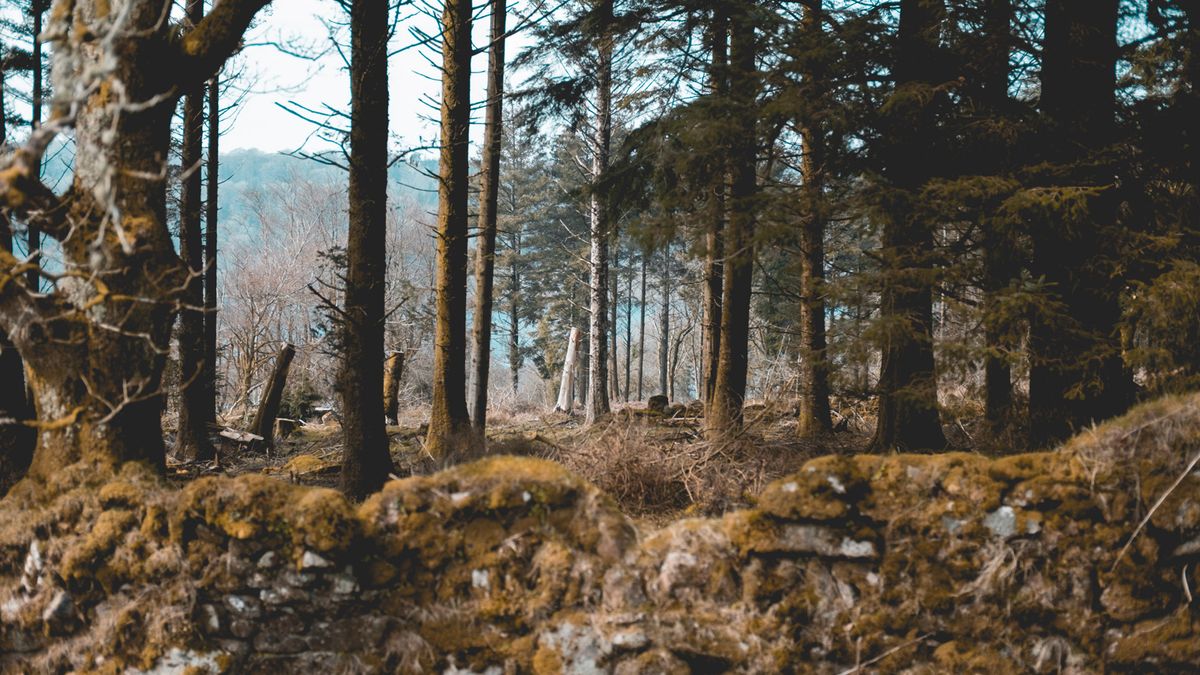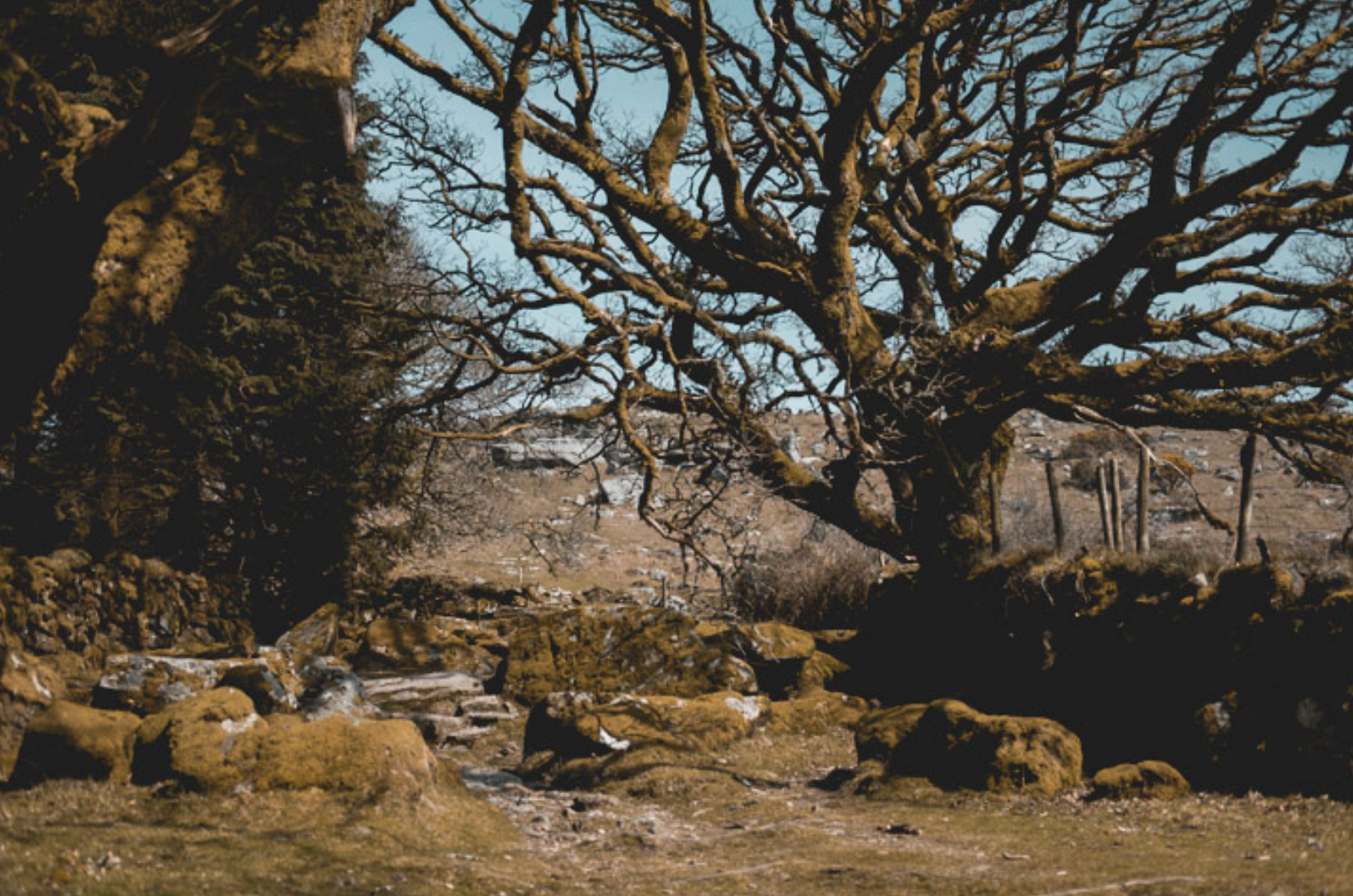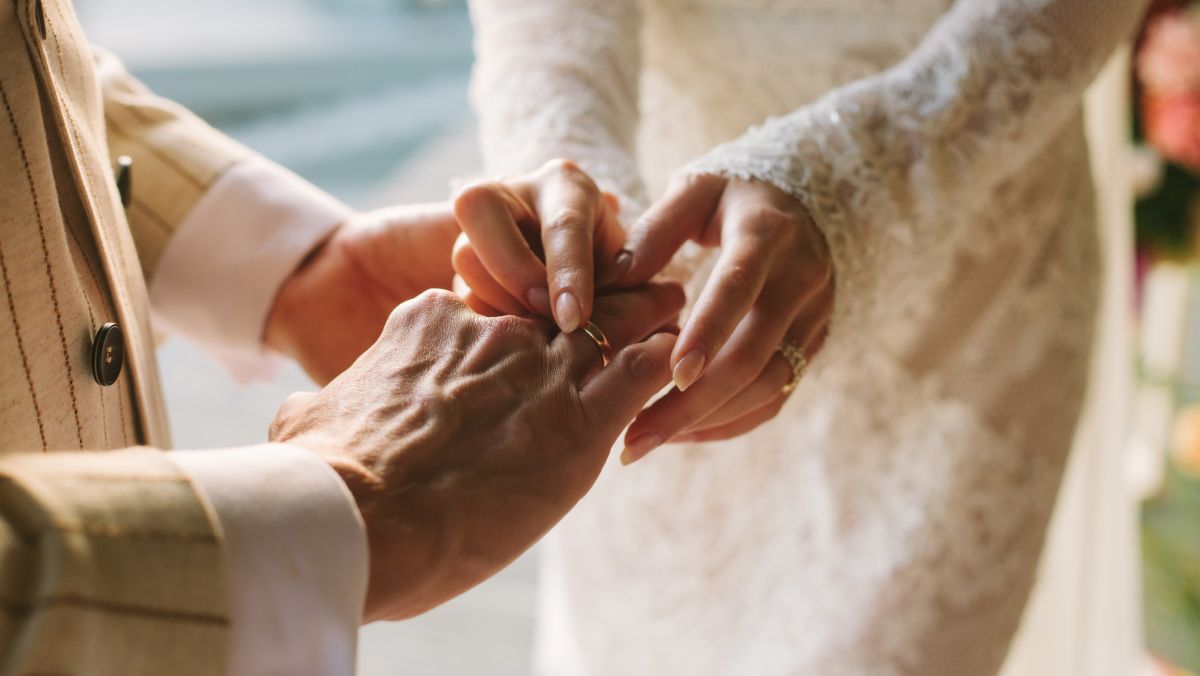Forest photography: how to capture beautiful woodland scenes
4 min read
[ad_1]
Rising up in Devon in the United kingdom is what sparked my curiosity in forest pictures. I was blessed enough to stay a stone’s throw from Dartmoor Nationwide Park so most weekends were invested checking out the wilderness. From Fenworthy Forest to Bellever Woods, Dartmoor has some amazing woodland that would make for great photographs.
My appreciate for pictures truly arrived yrs right after my enjoy for Dartmoor. Due to the fact my initial digicam (a beloved Nikon D3200 (opens in new tab)) I’ve shot with a Nikon D750 (opens in new tab), a Fujifilm X-T3 (opens in new tab) and now I’m onto a Sony A7 III (opens in new tab). Around the final 10 many years, my pictures has come to be extra considerate, I have shifted from capturing landscapes to persons and still there is a thing about forest photography that retains drawing me again. I really don’t know if it is the smell of damp moss, the way light shines through the cover or the expertise that I’m surrounded by trees that are hundreds of decades aged – the forest has generally been a grounding position.
• Uncover the greatest lenses for landscape photography
When you’re in a gorgeous spot it is quick to acquire gorgeous pics but it is worth placing a minor time and energy if you want to choose pics that actually seize a area. I’m no qualified and I’m not declaring that these tips and methods are the gospel (in actuality, some individuals could possibly completely disagree with me) but in this article are a couple of things to think about when having photographs in a forest.
Do some investigation
Getting the most stunning places for forest pictures can get a lengthy time but to quote The Woman Subsequent Doorway - “the juice is well worth the squeeze”. The a lot more time you expend on scouting out locations the improved your chances of obtaining fewer photographed locations that are a tiny more magical. Continue to keep an eye out for interesting capabilities this kind of as waterfalls, rockfaces or twisted trees.

Expose for the highlights
Forests are inherently contrasty spots when it comes to exposure. No matter if you shoot in guide, aperture or shutter precedence, make guaranteed you expose for the highlights. It’s significantly easier to get well shadows than highlights and when light-weight shines as a result of the trees there’ll be a massive change between the mild and dark places. Never get disheartened if your photographs straight out of the digicam never appear how you envisioned - forest images truly gains from a little bit of processing in a single of the finest photo editing application.
Shoot in Uncooked
I believe this must be a rule no subject what you’re taking pictures, but Uncooked visuals give you so considerably much more versatility. If you do accidentally below or above expose its so substantially less difficult to convey back the shadows and highlights in a raw impression than a JPEG so when you are shooting scenes with a lot of dynamic range, you really do not want to overlook to transform your file structure to uncooked.
Experiment with composition
I appreciate to experiment with composition when shooting in a forest. At times I get down on my hands and knees and shoot the trees from below so they look like they’re towering in excess of me and other moments I like to frame a focal level with its environment.
I’m usually wanting for symmetry, foremost strains, or something in the frame that genuinely attracts me in. If i am out with pals, I am going to usually consider and sneakily (or often not so sneakily) get their portrait employing the surrounding trees as a body.
Pack a range of lenses (if you have them)
There are so many issues to capture in a forest, so you are going to gain from a assortment of distinct lenses. Use a macro lens (opens in new tab) to shoot creepy crawlies or appealing textures you find and change to a telephoto lens (opens in new tab) if there is one thing in the length you want to concentrate on – or to compress levels of chaotic trees.
A vast-angle lens (opens in new tab) is excellent for becoming equipped to capture an expansive woodland perspective. The Sigma 16-28mm f2.8 DG DN Contemporary Lens (opens in new tab) is a great selection if you shoot whole-frame and paired with the Sigma 28-70mm f/2.8 DG DN (opens in new tab) you have a big zoom area protected. If you will not have lots of lenses, make do with what you have.
[ad_2]
Source hyperlink

